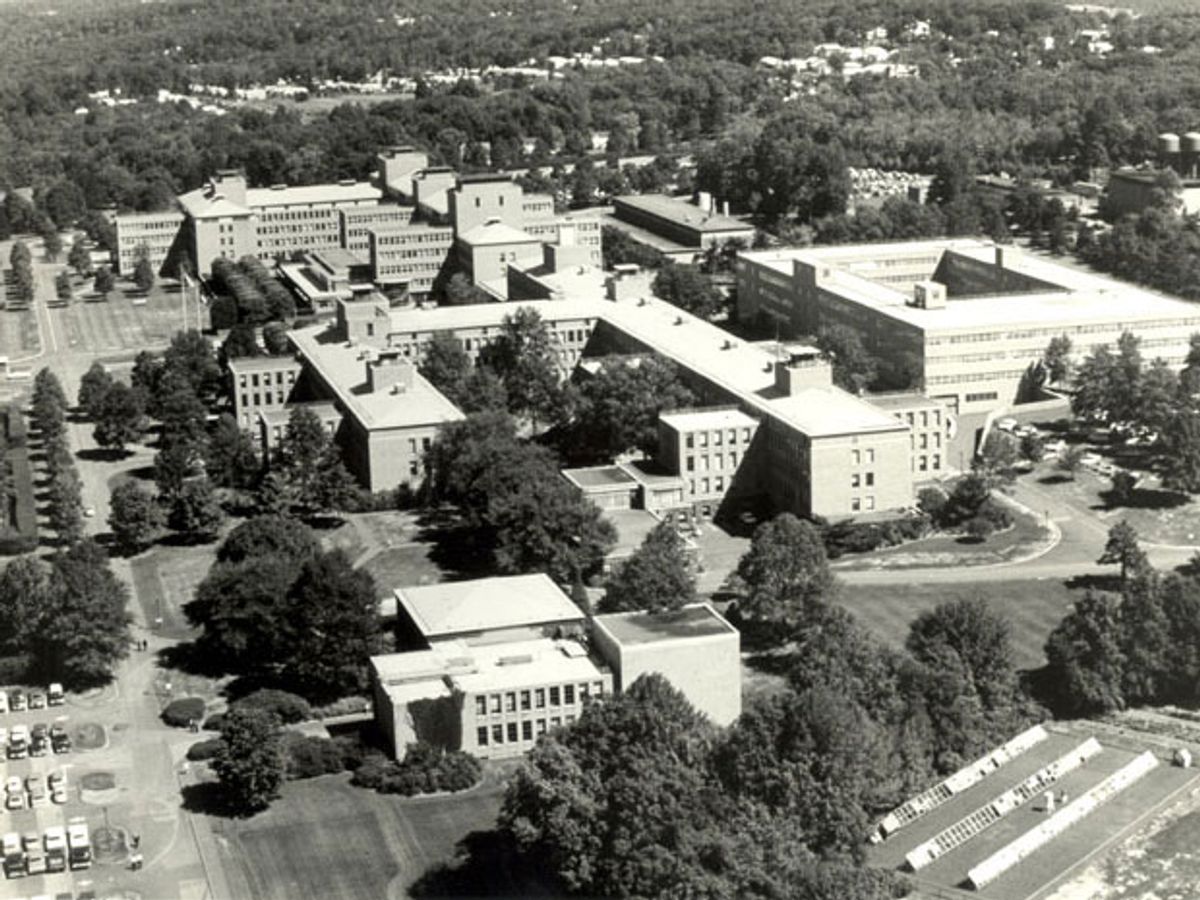In his recent “Reflections” column in IEEE Spectrum, Robert W. Lucky relates a little known (in fact, unknown to us) episode from the 1960s, wherein Bell Labs executives brought in Silicon Valley doyen Fred Terman to see if the success of Silicon Valley could be replicated in New Jersey.
That effort went nowhere, and Lucky concludes that New Jersey suffered from too much geographical isolation, a lack of social focus, and, most damning (at least according to Terman), no Stanford, with its “culture of engineering innovation.”
We believe that Lucky skipped over a few key facts in reaching his conclusions. First, despite the media’s fixation on Silicon Valley, a large and thriving technology corridor stretches from Boston to Philadelphia with its fulcrum in New Jersey. This is known as the Northeast Tech Corridor (NETC), which encompasses about 30,000 square kilometers, interconnected by a rigorous transportation infrastructure. Silicon Valley, on the other hand, covers just 500 km2, centered around Stanford.
Also worth noting is that the historical roots of innovation in the Northeast and especially New Jersey run deep. They took hold in the colonial period, were carried forward by Samuel Morse and Alfred Vail in the early 19th century, and reached a grand scale with Thomas Alva Edison and his industrial research lab in Menlo Park. Edison’s influence in turn attracted other inventors to the New Jersey region, and Bell Labs and a number of other laboratories inherited the tradition of his “invention factory.”
Silicon Valley has no such deep history. The name itself dates only from 1971 and didn’t become widely used until the 1980s. Back in the 1960s, any prominence the region enjoyed came mostly from Hewlett-Packard (known for audio oscillators and volt-meters), not from semiconductors. In New Jersey, on the other hand, Bell Labs had already invented the transistor (among many other developments too numerous to mention) and RCA had pioneered electronic television. Even as Silicon Valley was getting started, the NETC in general, and New Jersey in particular, continued to lead the country, if not the world, in high-tech innovation.
If we accept the argument that Silicon Valley did eventually, by the 1980s, eclipse New Jersey as the center of high tech, how then do we account for New Jersey’s early and continued success? And how do we explain its ultimate failure to keep up with the West Coast?
It is hard to evaluate the geography argument. Easy access to New York City (and therefore the sources of capital) through efficient public transportation would seem to be a plus, but Lucky suggests that it was a two-edged sword, so we will leave it at that.
But what about Terman’s reported main point about Stanford? The engineering institutions in New Jersey were certainly strong enough in the 1960s to promote growth —and their faculties were respected for their entrepreneurship. Stevens Institute of Technology, in Hoboken, was founded in 1870 with the first science-based engineering curriculum in the United States. In the 1960s it served as the main testing facility for NASA’s Apollo Program. Newark College of Engineering (today the New Jersey Institute of technology) opened in 1885 as the public technical school for the state. By the early 1960s it was granting doctoral degrees for the full range of engineering disciplines. Rutgers, the main state university, also had a strong engineering school. Although Princeton University is perhaps better known for science than engineering, it is one of the oldest and wealthiest universities in the United States, easily rivalling Stanford in academic caliber. And we won’t even mention the many institutions in nearby New York and Philadelphia (where the computer age was heralded by the development of ENIAC at the University of Pennsylvania).
It may be true that fewer technology start-ups emerged in New Jersey than in Silicon Valley—New Jersey’s engineers tended to cluster in the large laboratories such as Bell Labs, RCA, ITT Labs, and Philco. However, a number of these engineers, after learning their trade in the corporate labs, eventually left to start their own companies, though not necessarily in New Jersey. For example, Stevens graduate Eugene McDermott cut his teeth at the Western Electric research laboratory (predecessor to Bell Labs) and later cofounded Texas Instruments.
We will close with perhaps the most famous exit: William Shockley, who left Bell Labs in 1955, seven years after conceiving the junction transistor, and then formed Shockley Semiconductor in Mountain View, Calif., the region’s first silicon electronics laboratory. Thus, the “silicon” of Silicon Valley actually came from New Jersey.
A. Michael Noll, a New Jersey native, is a professor emeritus at the Annenberg School of the University of Southern California. Starting in the 1960s, he did basic research at Bell Labs, in Murray Hill, N.J., on 3-D computer graphics and animation, speech signal processing, and computer-generated art, among other topics. Michael N. Geselowitz, senior director of the IEEE History Center, leads the IEEE’s efforts to preserve and disseminate the proud heritage of IEEE technologies.



